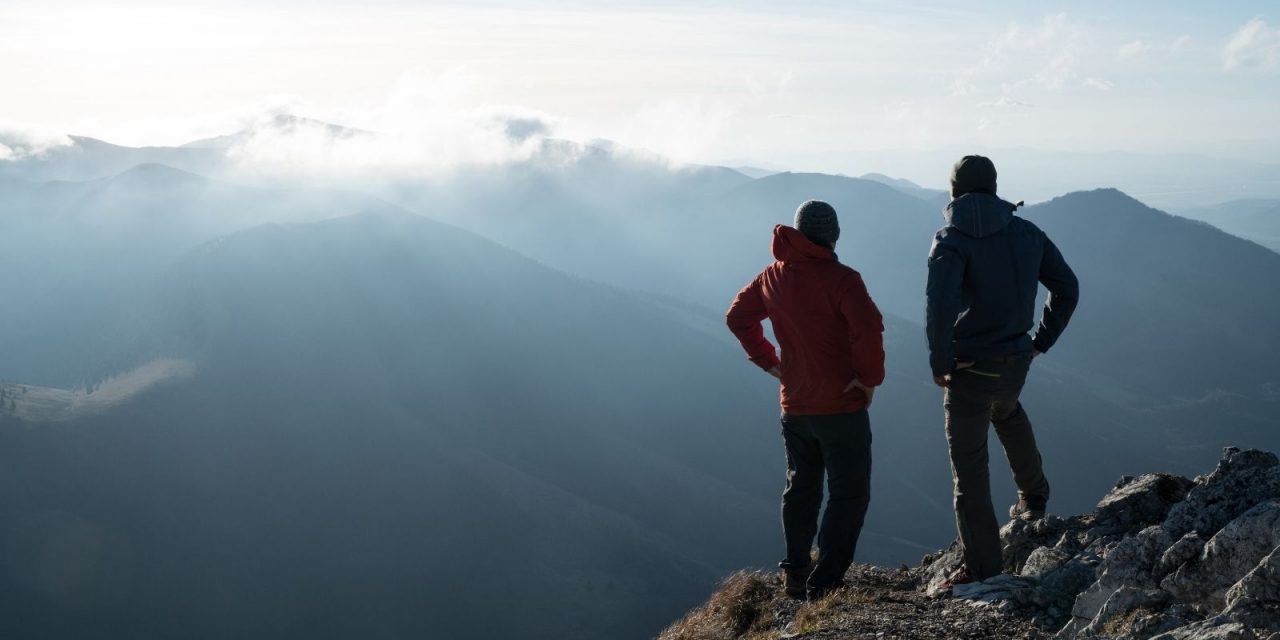Looking for a great trip to the Rockies with your tour group? Try the Colorado 14ers. And stay safe with this guide on high-altitude hiking.
Deciding to go hiking on a group travel trip is an excellent idea. Experience the beauties of nature, not only with your partner or friend, but with several new friends. And what more beautiful place to hike than the Colorado Rockies? Colorado has endless peaks and trails to traverse ranging all skill levels.
If you happen to be an experienced hiker, you might want to try a trip summiting one of Colorado’s 14ers. The Colorado 14ers are a select group of mountains in Colorado all over 14,000 feet in height. These mountains provide the opportunity for high-altitude thrills and unique challenges. One of those is high-altitude hiking. Read this guide on the best tips for high-altitude hiking to make sure you have a safe and enjoyable time.
Tips for High-Altitude Hiking
Here are the six golden rules for high altitude hiking:
- Stay hydrated. At altitudes over 5,000 feet, your body will start to sense a loss of oxygen and respond with an increase in heart rate and respiration. And as your body works harder, it uses water more quickly. High altitudes are also dryer than lower altitudes, thus evaporating sweat faster and making it tough to gauge water loss. Experts recommend an extra 1-2 liters of water a day.
- Skip happy hour. Two drinks can depress breathing at high altitudes and result in lower blood oxygen. Avoid it entirely for your first few days at a high altitude.
- Pack Tasty Food. The type of food you put in your body doesn’t make that much of a difference up to 12,000 feet, although experts suggest a high-carb diet above that level. The most important point is to get enough calories. Take foods you enjoy, since high altitude suppresses appetite.
- Save your skin. UV radiation increases 5% per 1,000 feet of altitude. So, at 10,000 feet, you will be absorbing 50% more UV radiation than at sea level. It’s a good idea to wear UPF 50+ clothing and slather sunscreen on all exposed skin. Be vigilant when traveling over snow, which reflects rays that can burn typically protected areas like your chin and nostrils.
- Consider medication. Ibuprofen can help alleviate many symptoms of altitude sickness like headaches. If you are concerned about altitude sickness, ask your doctor for a medication called Diamox, which stimulates breathing to expedite the acclimatization process. It does, however, have side effects like tingling in the extremities, altered taste, and frequent urination.
- Get in shape. Improving cardiovascular fitness through high-intensity interval training can get your body ready for high altitude climbs. You can strengthen the legs by doing squats with increasing weight, working up to and beyond your pack weight. Running or jogging also helps.
Of course, it’s always a good idea to consult with your doctor before taking on any high-altitude climbs. We’re hoping this guide on the best tips for hiking at high altitudes helps you to enjoy a safe, healthy high-altitude hike.







